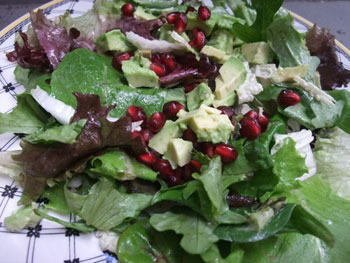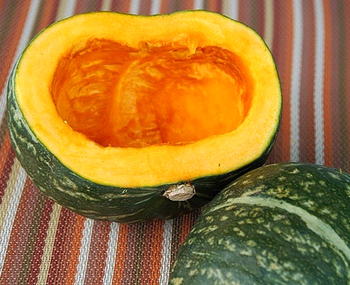 Except for an ill-fated attempt to grow mushrooms in a box last winter and the occasional mini-fungi that pop up in the garden mulch, we do not grow mushrooms here on the farm. I guess that’s one of the reasons I’ve neglected writing much about this most meaty of vegetables.
Except for an ill-fated attempt to grow mushrooms in a box last winter and the occasional mini-fungi that pop up in the garden mulch, we do not grow mushrooms here on the farm. I guess that’s one of the reasons I’ve neglected writing much about this most meaty of vegetables.
But yesterday I was paging through Fast, Fresh & Green, looking for appropriate recipes for two classes I’ll be teaching at Stonewall Kitchens in Maine in May, and I stumbled upon these Mahogany Mushrooms. Oh, I’d forgotten how much I love cooking mushrooms like this. Chunky, fast, hot, browned, glazed–yum. Wan, undercooked, undercolored mushrooms are not my thing. If you follow this technique, that fate will not befall you.
Just to check, I made a batch this morning and Farmer and I ate them for lunch with some scrambled eggs. He gave the mushrooms ten licks (his rating system—it has to do with how much he licks his chops after sampling a dish).

 Happy New Year! It's hard after the holidays not to want to take a break from all the indulgence and make sweeping resolutions. My diet resolutions this year are simply to eat more soups and salads. Sure, I'd love to eat healthy, exercise more and lose weight but I'm trying to be realistic.
Happy New Year! It's hard after the holidays not to want to take a break from all the indulgence and make sweeping resolutions. My diet resolutions this year are simply to eat more soups and salads. Sure, I'd love to eat healthy, exercise more and lose weight but I'm trying to be realistic.  I’m calling it…the last of the Thanksgiving leftovers that is. This was truly the end of my turkey…those last two cups of shredded meat. It is December, time to wrap up this turkey thing and move on to the next holiday. However, I do know lots of you also make a gobbler for Christmas, so this recipe might come in handy at the end of the month. You’re welcome:).
I’m calling it…the last of the Thanksgiving leftovers that is. This was truly the end of my turkey…those last two cups of shredded meat. It is December, time to wrap up this turkey thing and move on to the next holiday. However, I do know lots of you also make a gobbler for Christmas, so this recipe might come in handy at the end of the month. You’re welcome:). I’m perhaps one of the most happy-go-lucky kind of guys when it comes to food. I eat everything, enjoy a wide variety of foods, and can find something to eat just about anywhere I am. This ease disappears when I talk about pizza and my world view becomes nothing short of black and white. But only with pizza. Stay with me here.
I’m perhaps one of the most happy-go-lucky kind of guys when it comes to food. I eat everything, enjoy a wide variety of foods, and can find something to eat just about anywhere I am. This ease disappears when I talk about pizza and my world view becomes nothing short of black and white. But only with pizza. Stay with me here. You've seen it at the market. You've picked it up and wondered,
You've seen it at the market. You've picked it up and wondered, 
